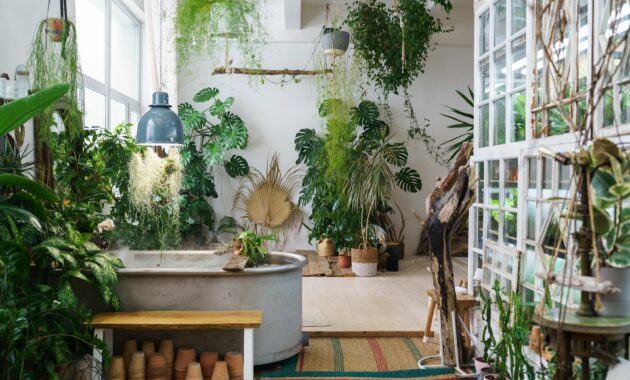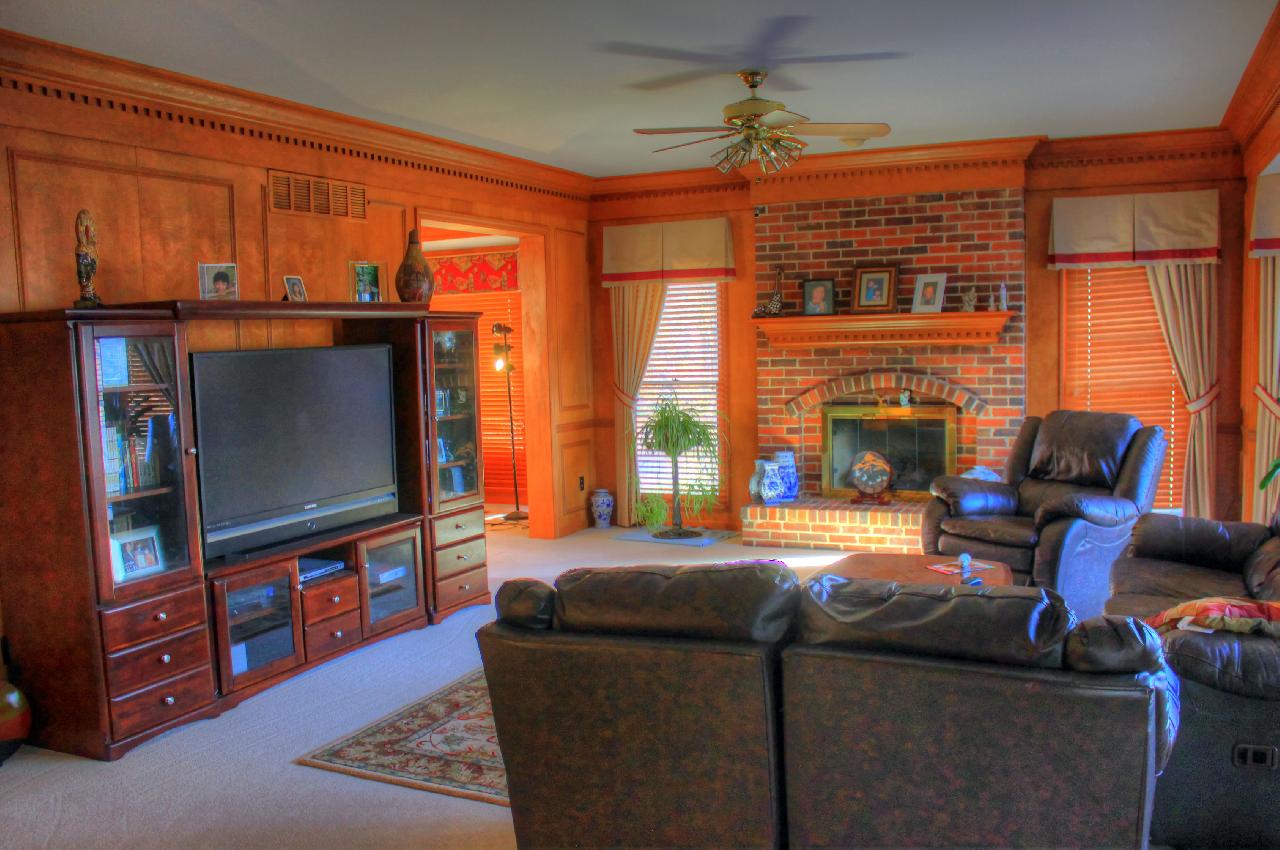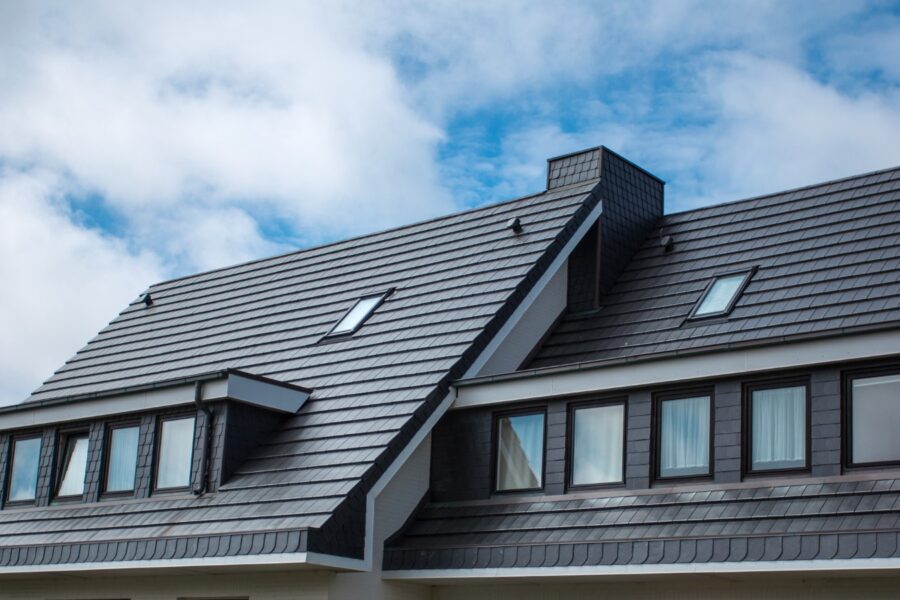Gardens are a wonderful way to add beauty and curb appeal to your home. They can also provide a great space for relaxation, recreation, and spending time with family and friends. However, designing the perfect garden can seem like a daunting task. It’s not something that can be done overnight, or during a weekend. It takes time, planning, and hard work to make your garden look perfect. And with so many things to consider, from the layout to the plants to the hardscaping it can be confusing to know where to start. But with the right tools and some helpful tips, you can easily design a garden that is both beautiful and functional.
This guide will take you through all the necessary steps to design the perfect garden, from start to finish. By the end, you’ll have a clear plan of what you want your garden to look like, and how to make it happen.
Define the Purpose of Your Garden
A garden can serve many purposes, from providing a space for relaxation and recreation, to adding curb appeal to your home. But before you can start designing your garden, you need to first define its purpose. Consider what you want your garden to be used for. Are you looking for a private oasis where you can escape the hustle and bustle of everyday life, a place to entertain friends and family, or perhaps a lush green backdrop to your home that will add value and style? Knowing what you want your garden to achieve is essential to creating the right design.
For instance, if you want a space for entertaining, then you’ll need to consider things like seating arrangements, outdoor kitchens, fire pits, and perhaps a pergola to provide some shade. On the other hand, if you’re looking for a private oasis, then you’ll want to design a space that is secluded and away from the main areas of your home. This might mean creating a garden that is surrounded by tall hedges or walls or locating it in an isolated corner of your property.
Choose the Right Garden Furniture
Depending on the purpose of your garden, you’ll need to choose the right garden furniture. This might include everything from outdoor sofas and chairs, to tables and benches. If you plan on entertaining guests, then you’ll need to make sure you have enough seating for everyone. Investing in superior teak garden furniture is a great option to consider as it’s extremely durable and still stylish, and easy to maintain. You might also want to consider an outdoor kitchen or bar area where people can socialize and prepare food and drinks.
If you’re looking for a place to relax, then you might want to invest in some comfortable garden furniture that you can use for lounging or reading. A hammock or swinging chair would be perfect for this. And if you have young children, then you might want to add a few toys or play structures to keep them entertained.
Evaluate the Sunlight and Shade in Your Garden
After you’ve defined the purpose of your garden, the next step is to take a close look at the amount of sunlight and shade that it receives. This is important because different plants thrive in different lighting conditions. If you want a garden that is full of flowers, then you’ll need to make sure that there are areas that receive direct sunlight for most of the day. However, if you’re looking for a more low-maintenance garden, then you might want to focus on plants that can tolerate shady conditions.
In addition to evaluating the amount of sunlight and shade, you also need to pay attention to the direction in which the sun moves across your garden. This is important because it will affect how you arrange your plants and hardscaping. For example, if you have a patio that receives direct sunlight in the afternoon, then you might want to consider placing some shading structures, like umbrellas or awnings, to create a comfortable space for entertaining.
Create a Scale Drawing of Your Garden
Once you’ve determined the purpose of your garden and evaluated the sunlight and shade, the next step is to create a scale drawing of your garden. This doesn’t have to be anything fancy, but it will be helpful to have a bird’s eye view of your space when you start planning out your design. A scale drawing will also come in handy when you’re shopping for plants and hardscaping materials.
When creating a scale drawing of your garden, be sure to include all the existing features, such as trees, bushes, and pathways. You should also note the dimensions of your garden, as well as the location of any utilities, like water spigots and electrical outlets. If you have a difficult time creating a scale drawing on your own, there are plenty of online tools that can help, or you can hire a professional landscaper to do it for you.
Select the Right Plants for Your Garden
Once you have a scale drawing of your garden, it’s time to start selecting the right plants for your space. This is where your evaluation of the sunlight and shade in your garden will come in handy. You’ll want to choose plants that are well-suited to the conditions in your garden and that will achieve the look you’re going for.
If you’re not sure what plants to choose, there are plenty of resources available, such as gardening books and online plant databases. You can also ask for help at your local nursery or garden center. When selecting plants, be sure to pay attention to their mature size and growth habits. You don’t want a plant that will eventually outgrow its space or one that needs constant pruning to keep it under control.
Plan Your Hardscaping
In addition to plants, you’ll also need to consider the hardscaping features you want to include in your garden. Hardscaping refers to any non-plant element in your garden, such as patios, decks, walkways, and fences. These structures can be made from a variety of materials, including wood, stone, concrete, and brick.
When planning your hardscaping, it’s important to strike a balance between function and aesthetics. You’ll want to choose materials that complement the style of your home and that will withstand the elements. If you live in an area with severe weather conditions, you’ll also need to make sure that your hardscaping can withstand high winds, heavy rains, and extreme temperatures.

Even though designing the perfect garden takes time, patience, and a bit of planning, if you take the time to evaluate your space, choose the right plants, and plan your hardscaping carefully, you’ll end up with a beautiful outdoor oasis that you can enjoy for years to come. So if you are ready to take on the challenge of designing the perfect garden, follow these simple steps and you’ll be well on your way.
Discover more from Futurist Architecture
Subscribe to get the latest posts sent to your email.




